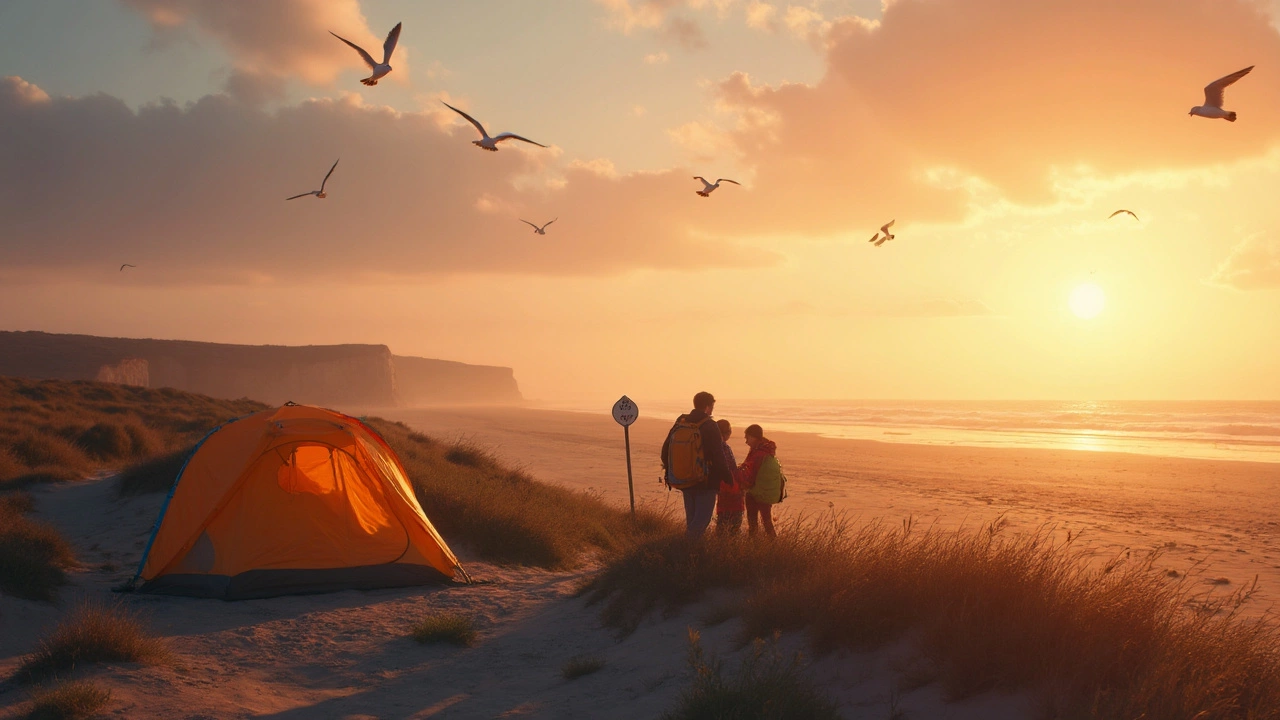Tent Pitching Made Easy: What Every UK Camper Should Know
Got a tent and a wanderlust feeling? Setting it up can feel tricky, but the right steps make it a breeze. Below you’ll find the basics – from picking a spot to obeying local rules – so you can focus on the fresh air, not the fuss.
Pick the Perfect Spot
First thing: look for flat ground free of rocks, sticks, and sudden water flow. A gentle slope helps water run off if it rains, but avoid anything steeper than 10 degrees – you don’t want to slide off in the night. If you’re at a campsite, use the designated pitch lines; they’re laid out for drainage and safety.
When you’re wild‑camping, check the local by‑laws. In most of England you need landowner permission, while Scotland’s Access Code is more relaxed. A quick phone call or a glance at the council’s website can save you a fine and a night on the ground.
Ground Prep and Staking
Clear a 2‑meter radius around the tent. Remove debris, flatten the grass, and lay a groundsheet – it protects your floor and extends the tent’s life. Then stake the corners at a 45‑degree angle, pulling the rope tight before hammering the peg in. If the soil is hard, a rubber mallet works better than a hammer.
Don’t forget guylines. Even a modest wind can lift a tent’s roof, so run the guylines to sturdy objects or use the built‑in tie‑points. Adjust tension as the wind changes; a little give keeps the structure from snapping.
Rain? Pitch the door away from the prevailing wind and set the rainfly low enough to direct water off the sides. Use a small tarp over the entrance for extra protection.
Essential Gear for a Smooth Pitch
Aside from the tent, a few items make a world of difference: a compact mallet, extra stakes, a lightweight tarp, and a portable camping lamp. Keep a small multitool handy for quick repairs, and don’t forget a pocket‑size map or GPS if you’re off the grid.
If you’re travelling in a motorhome, use the vehicle as a windbreak. Position the tent a few metres away, but not too close – you don’t want exhaust fumes drifting into your sleeping area.
Finally, respect the environment. Pack out any trash, stick to the “Leave No Trace” principles, and avoid trampling fragile vegetation. A tidy site keeps the countryside beautiful for the next camper.
With these tips in your pocket, tent pitching becomes a simple part of your adventure rather than a hurdle. So grab your gear, check the local rules, and get ready to sleep under the stars with confidence.
Can You Pitch a Tent on a Beach? Facts, Rules, and Real Tips
Not every beach is open for pitching a tent, and the rules can surprise you. This article breaks down where you can camp on the beach, what laws and hidden hazards to watch for, and why some spots are worth the fuss. You'll find practical advice on spotting the perfect site, dodging common mistakes, and making your beach camp safe and fun. It also covers less obvious details that matter, like local wildlife and unexpected weather twists.
